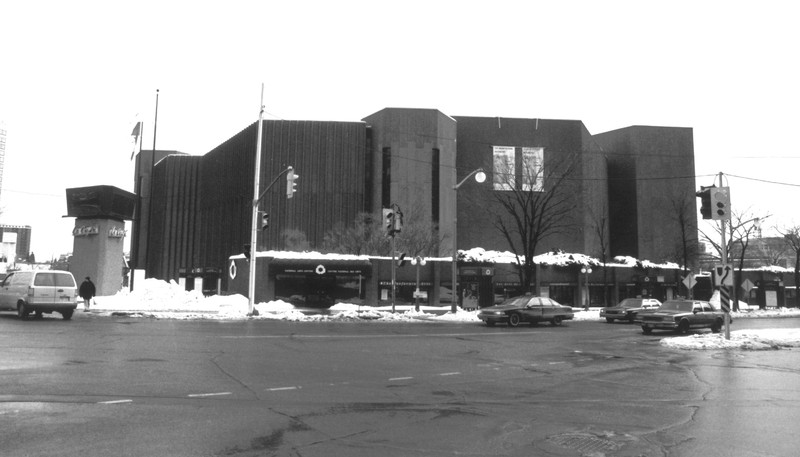The History of the National Arts Centre
Following the Second World War, a new appreciation for the captial city of Canada emerged. Artistic festivals were flourishing around the world and the question arose that if one were to be held in Ottawa, they would need a place for it to be performed. With this new focus on the capital as a space for the performing arts and Lester B. Pearson looking for something seacial for the capital, Vincent Massey reccommended an arts centre. On November 8, 1963, G. Hamilton Southam, President of Ottawa's national Capital Arts Alliance pitched a perfoming arts centre in Ottawa and an annual festival of the arts in Ottawa. This pitch was rooted in dreams made not only by Southam but also by his family decades before him. His regard for the excellence of music came from a privileged life in Rockcliffe.
Southam was brought up surrounded by the “best”, or according to him “the best then available in Ottawa” in literature, music and art. His parents taught him to revere the great composers and creators of other art forms. During an interview with CBC radio, host Richard Gwyn asked if he was an élitist, to which he replied, yes. In a 1988 editorial for the Ottawa Citizen, Southam defined an elitist to be “those that accept the fact that some men and women are better than others, morally, artistically or intellectually, and believe these better things should govern us.” These same values permeate the actions made by the National Arts Centre commission in regards to their goal.
The primary focus of the National Arts Centre would be to showcase the performing arts and activities such as receptions, charitable entertainment and conventions. Through showcasing these arts, the centre would be contributing to higher standards of artistic achievement nationally and locally. This was outlined in the Alliance's 1963 "Brown Book": “The national centre for the performing arts must be designed primarily to accommodate the highest artistic standards for the performance of music from symphonies to solo recitals, for the presentation of opera and ballet and for drama, lectures, films and meetings on the arts” (25).
The "Brown Book'' states that Canada needs a showcase and a focal point for the performing arts where “the attainments of our two cultures can be presented to the best advantage” (Brown Book 1963, 4). The two cultures being referred to were French and English, referring to the British and French peoples that made up the population. This vision did not include indigenous peoples from whom the land this country was stolen, nor did it include the music and performing arts of other ethnic groups that called this country home. In short, the original plans did not reflect the multicultural identity of the nation - an idea not yet woven into the fabric of Canadian federal policy of national identity.

